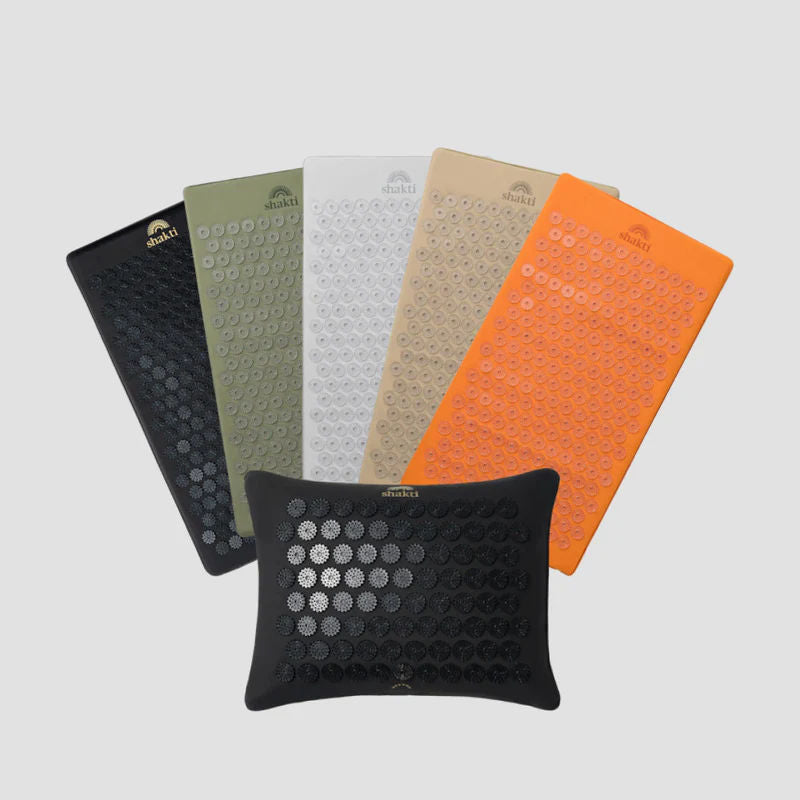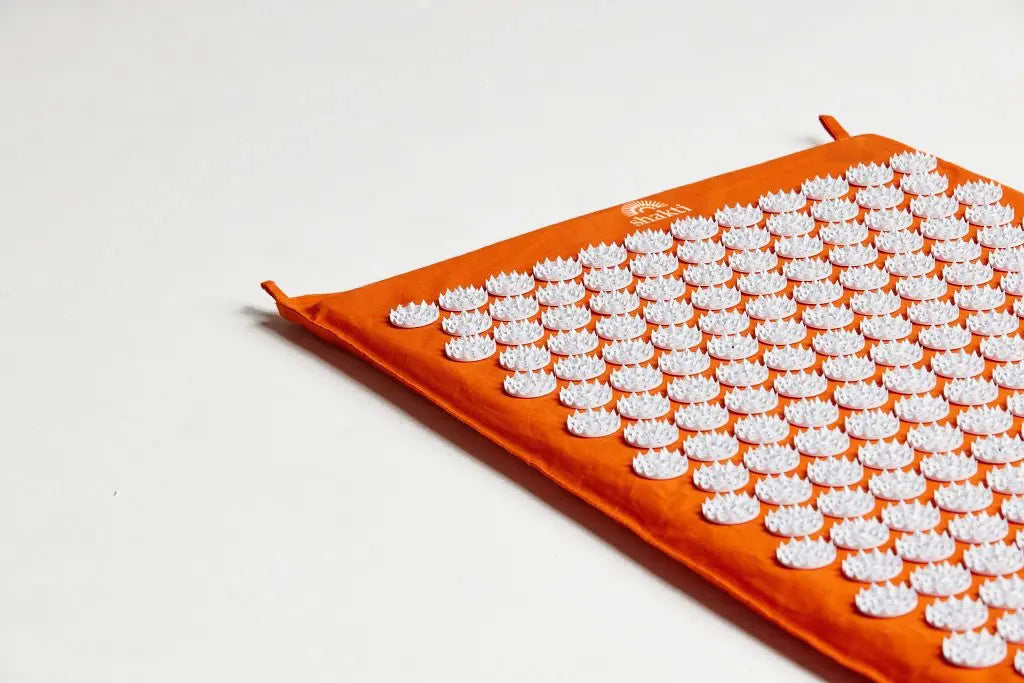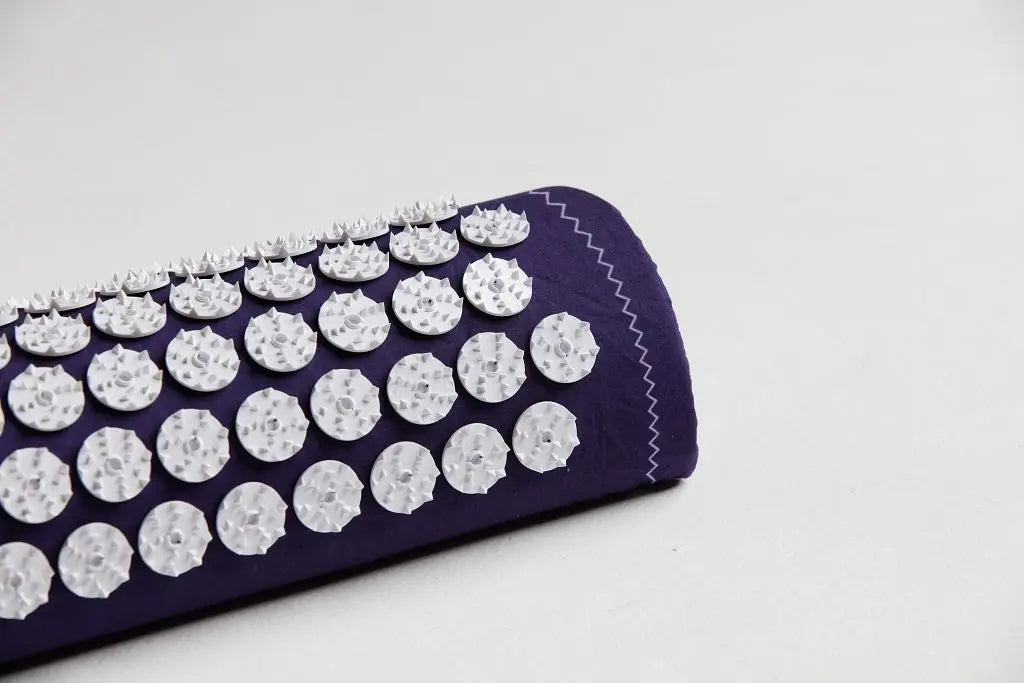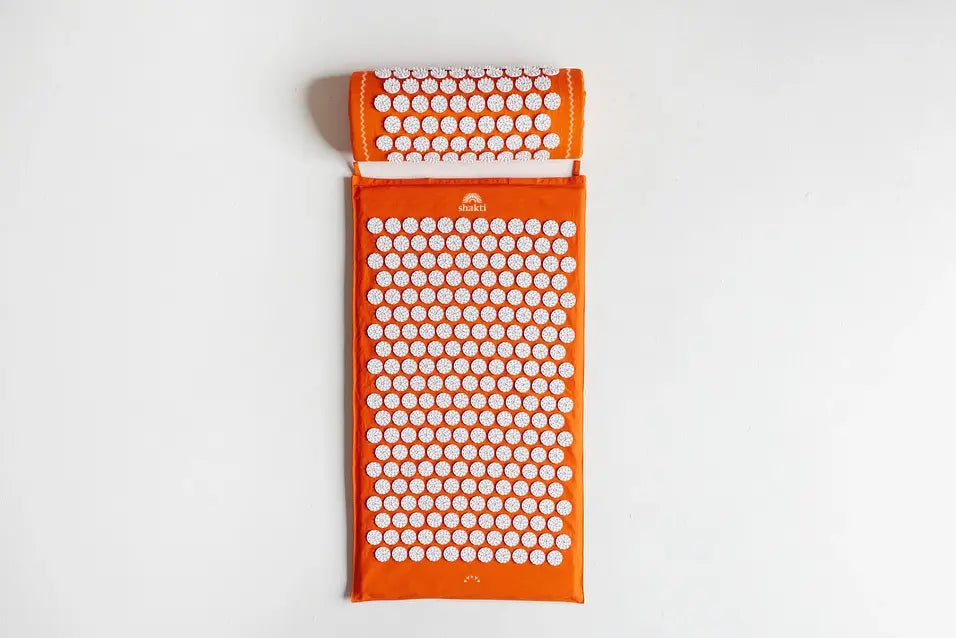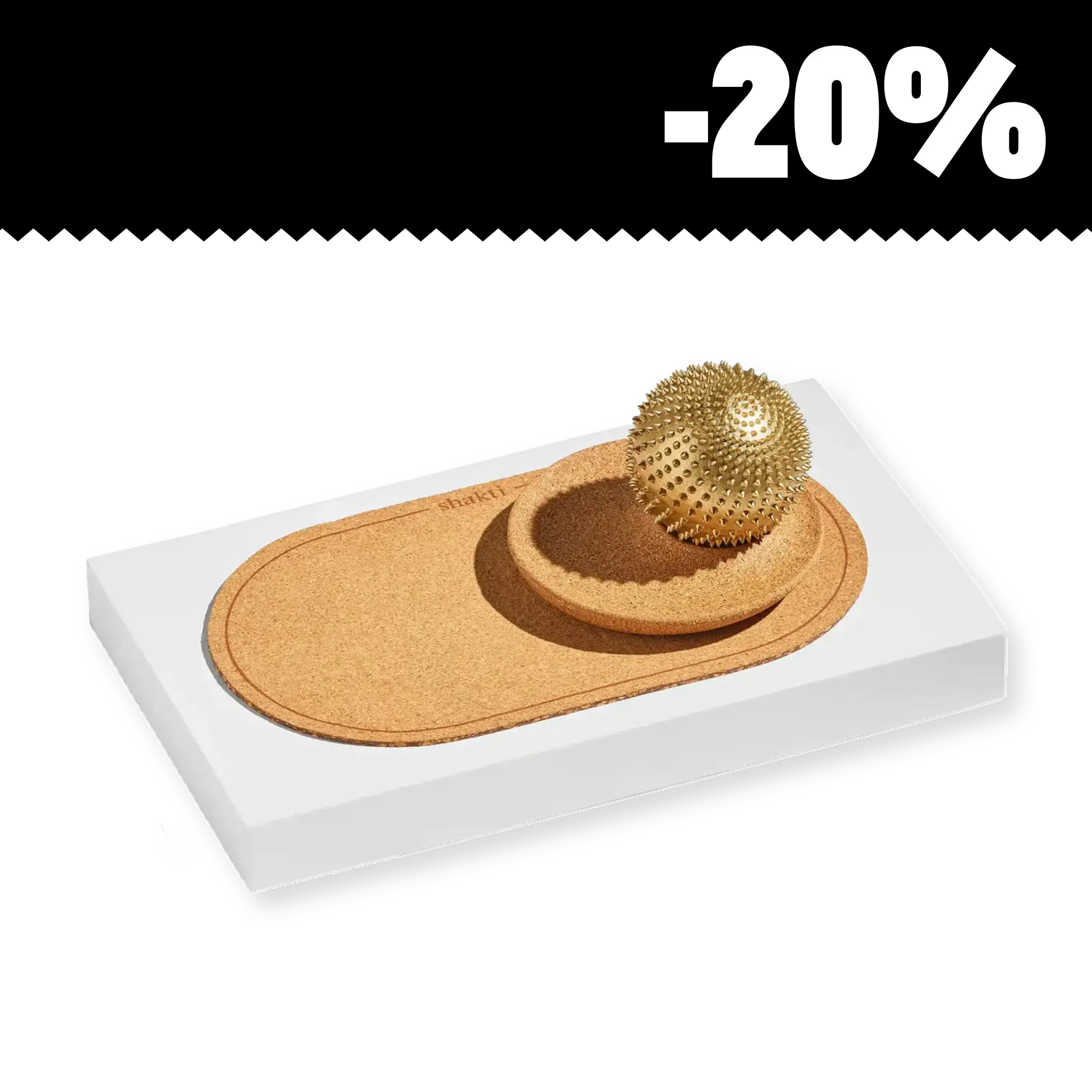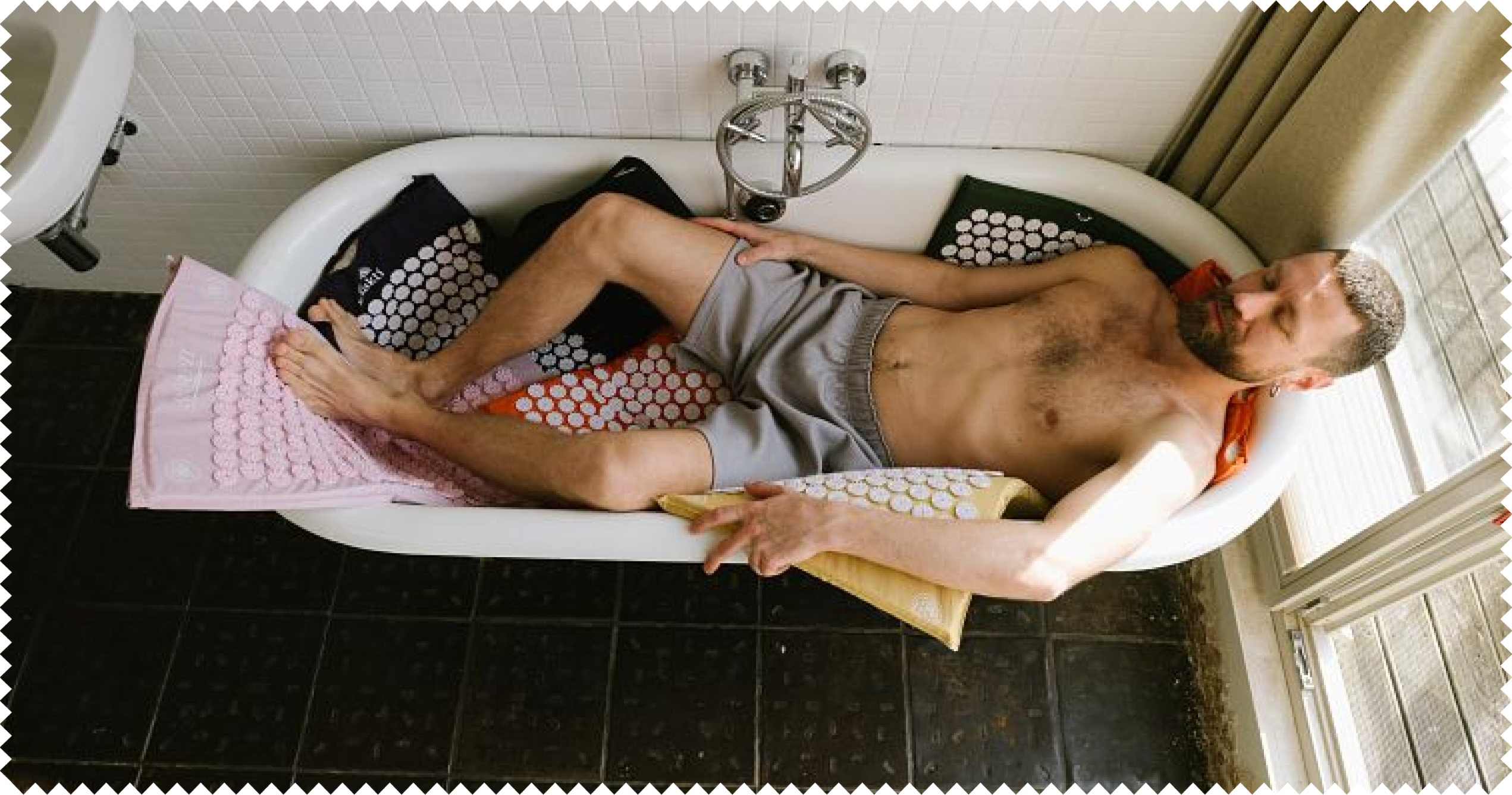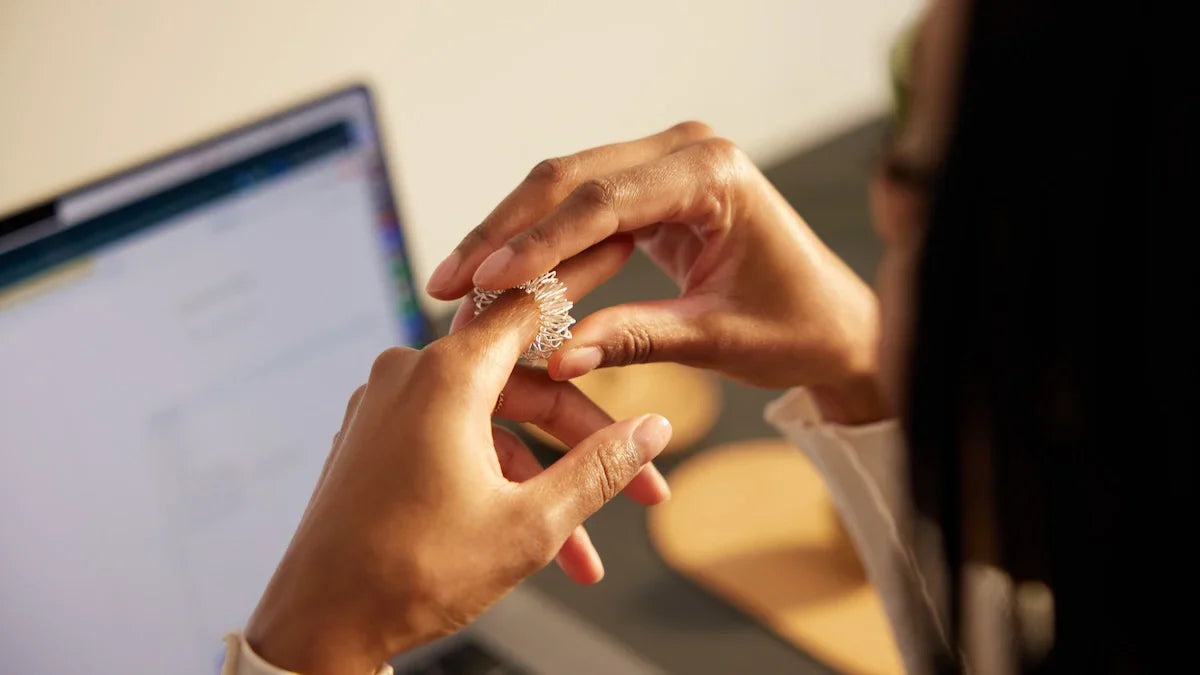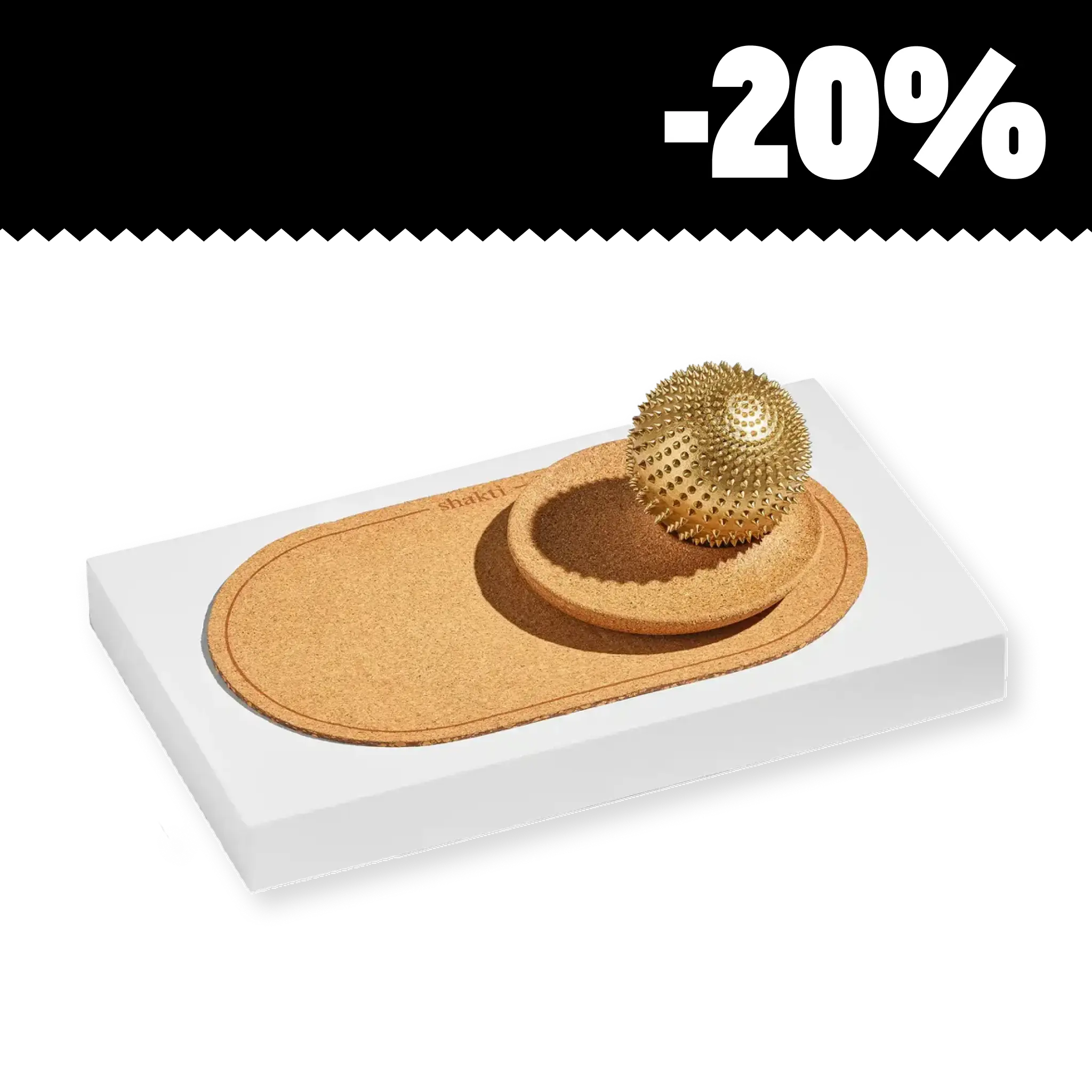Reflex zones on the hand are considered a mirror of the body in many traditional teachings. They are believed to be in contact with internal organs and functions via nerve connections. So if you apply targeted pressure to certain points on the hand, this may help your body to achieve better balance. Whether for relaxation, to recharge your batteries or as a little break in everyday life: activating the hand reflex zones is perceived as beneficial by many people. In this article, you will find out where the most important zones are located, how to find them yourself and what the connection between the right and left hand might be all about.
Content
1 What are reflex zones on the hand?
2. left or right hand - what's the difference?
3. important reflex zones of the hand at a glance
4. when certain hand reflexology points hurt: what this can mean
5. how a simple massage of the hand reflex zones works
What are reflex zones on the hand?
Reflex zones are specific areas on the skin, in this case on the palm or back of the hand, which are thought to be connected to other parts of the body via nerve connections. The concept originates from various traditional health teachings and was also taken up in the western world at the beginning of the 20th century, including through so-called zone therapy. This involves dividing the body into vertical zones, which are also reflected in the hand. The idea behind it: If you apply targeted pressure to certain reflex zones in the hand, this stimulus could be transmitted via the nervous system and provide a balancing impulse elsewhere in the body. Reflexology is not a substitute for medical treatment. However, it is often used as a supportive method to relieve tension or improve general body awareness.
In practice, it is less about "healing" and more about consciously perceiving your own body: Where does it feel tense? Which touch feels good? And which part of the hand is perhaps particularly sensitive? This is precisely where many reflexology treatments come in, with the aim of gently stimulating the autonomic nervous system and thus possibly promoting physical balance
Left or right hand - what's the difference?
When working with reflex zones, it is not only the point itself that plays a role, but also the side of the body. Many traditional teachings, for example from Chinese or Indian medicine, assume that the right and left sides of the body have different energetic qualities. This principle can also be applied to the hands.
The reflex zones on the right hand are often associated with activity, logic and external action. On this side of the body, they therefore symbolize structures, thought processes and outward movement.
The reflex zones on the left hand, on the other hand, are considered to be the side of intuition, emotion and inner perception. This is more about feeling than doing, i.e. what is going on inside you.
Even if this classification is not scientifically proven, many people do feel differences between the left and right hand when using it. Especially those who regularly work with reflex zones develop a feeling over time for which side is currently "responding" and which perhaps needs more attention.
Important reflex zones of the hand at a glance
The palm of the hand is often seen as an image of the entire body - from the head to the internal organs. Here is a brief overview of the central zones:
- Fingertips: are connected to the head, senses and sinuses
- Thumb: often associated with the respiratory tract and brain
- Ball of the hand (right): is assigned to the heart
- Ball of the hand (left): considered a zone for the lungs
- Center of the hand: said to be connected to the stomach, spleen and digestion
- Under the little finger: hand reflex zones for liver and gall bladder (especially on the right)
- Near the wrist: reflex points on the hand for kidneys and bladder
The back of the hand also contains reflex zones - for example for the back and spine. These are less frequently considered, but can also be helpful. Important: From a conventional medical point of view, these connections are neither anatomically nor physiologically proven.
When certain hand reflexology points hurt: what this can mean
If a reflex point in your hand is particularly sensitive when you press it, this could be a sign that the associated body area is currently under strain or out of balance - at least according to many reflexology applications.
A few examples:
- Pain in the ball of the thumb: could be related to the respiratory tract or internal tension
- Sensitivity under the little finger (right hand): often associated with liver or gall bladder
- Feeling of pressure in the center of the hand: could indicate irritated digestion or stress in the abdomen
- Tension at the fingertips: sometimes associated with overstimulation in the head or sensory area
These observations are not medically proven. They are more about mindful self-awareness. If you regularly feel pain in the same place, this may be an impulse to pay a little more attention to your body there.
How a simple massage of the hand reflex zones works
You don't need a lot of time or any previous knowledge to massage the reflex zones of the hand . All you need are your hands and a few quiet minutes. Start by opening one palm slightly and gently stroking the skin with the thumb of the other hand. Then apply circular pressure to individual points - for example, on the fingertips, around the ball of the hand or in the middle of the hand. If you find an area that is particularly sensitive, stay there for a few breaths. It is important that you work with feeling - not too firmly or jerkily. Many people find it beneficial to massage in the direction of the wrist. Observe how your hand feels, whether something loosens up or simply calms down. Just a few minutes can be enough to promote new energy or noticeable relaxation via the reflex zones of your hand.
By the way: If you are interested in this topic, you might also want to take a look at the foot reflex zones.


